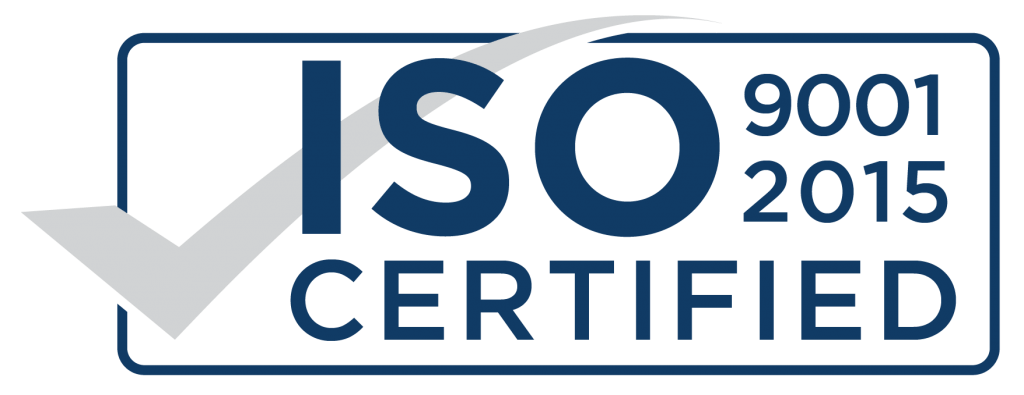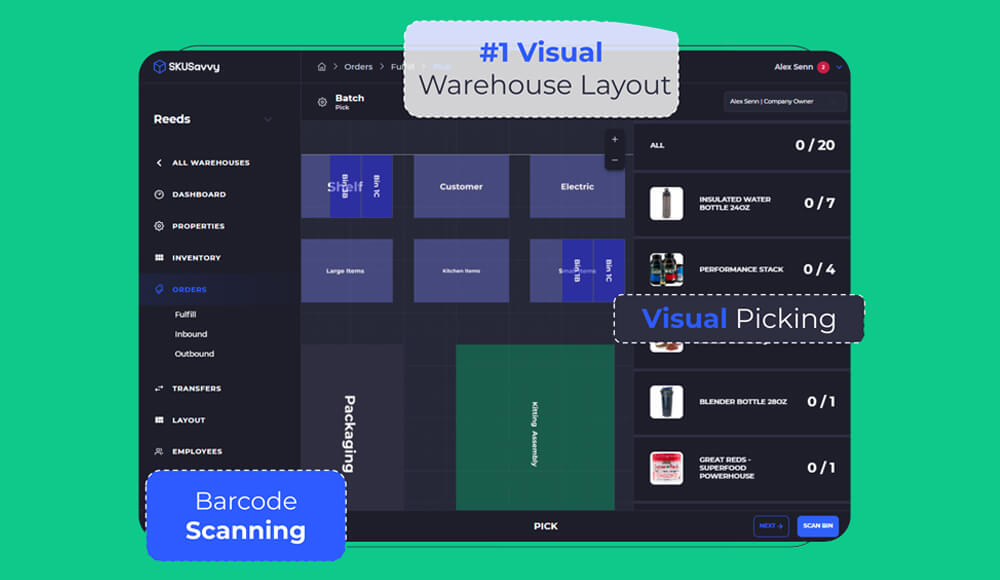Here is a detailed description of key features and functionalities
Inventory Tracking:
- Real-time tracking of all inventory items within the warehouse.
- Barcoding or RFID technology may be used for accurate and efficient item identification.
- Monitoring stock levels, item quantities, and locations to prevent stockouts or overstock situations.
Order Management:
- Efficient processing of incoming orders and order fulfillment.
- Automation of order picking, packing, and shipping processes to minimize errors and increase speed.
- Order status tracking and notifications for better customer service.
Stock Location Management:
- Logical organization of the warehouse space to optimize storage and retrieval processes.
- Assignment of specific locations for each item to reduce search times and improve overall efficiency.
- Dynamic allocation of storage based on item characteristics and turnover rates.
Barcode/RFID Integration:
- Utilization of barcode or RFID technology for quick and accurate data capture.
- Integration with handheld scanners or mobile devices for easy tracking and updating of inventory information.
Reporting and Analytics:
- Generation of detailed reports on inventory levels, stock movement, and order fulfillment.
- Data analytics to identify trends, forecast demand, and optimize inventory levels.
Integration with other Systems:
- Seamless integration with other business systems such as Enterprise Resource Planning (ERP) and Customer Relationship Management (CRM) for a holistic view of business operations.
Security and Access Control:
- Implementation of user roles and permissions to control access to sensitive inventory data.
- Monitoring and logging of inventory transactions for security and auditing purposes.
Supplier and Vendor Management:
- Collaboration features for managing relationships with suppliers and vendors.
- Automatic reorder triggers based on preset stock levels or historical sales data.
Scalability:
- Designed to accommodate the growth of the business by handling an increasing volume of products, orders, and data.
Mobile Accessibility:
- Accessibility through mobile devices to enable real-time updates and tracking, especially for users on the warehouse floor.
Implementing a Warehouse Inventory Management System helps organizations to minimize errors, reduce operational costs, improve order fulfillment speed, and enhance overall efficiency in managing their inventory.




